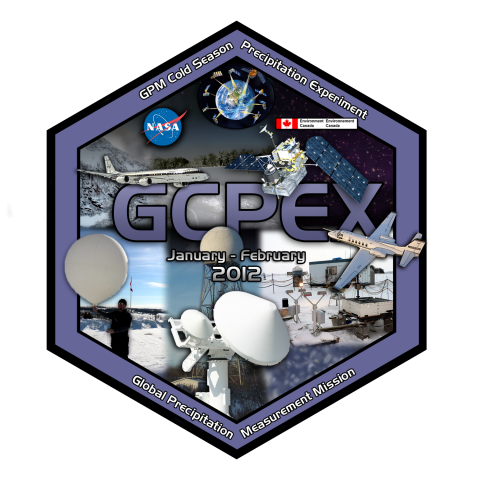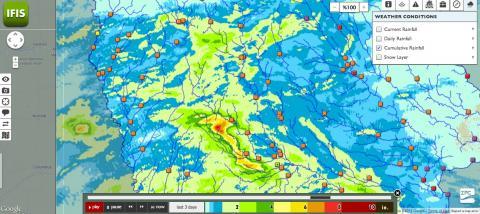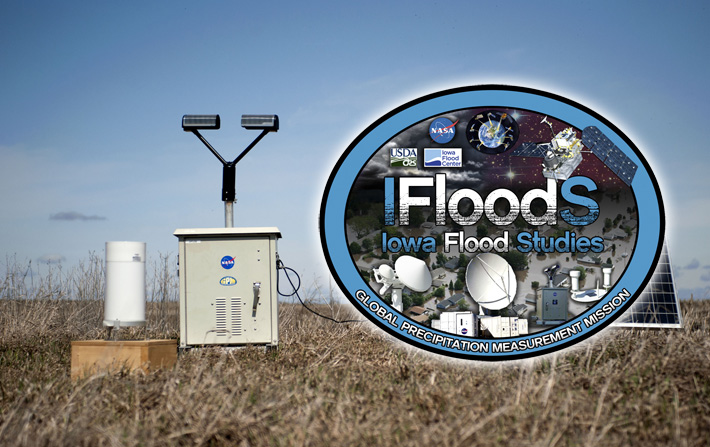 GHRC has released GPM Ground Validation Airborne Second Generation Precipitation Radar (APR-2) GCPEx dataset. The Second Generation Airborne Precipitation Radar (APR-2) is a dual-frequency (13 GHz and 35 GHz), Doppler, dual-polarization radar system. It has a downward looking antenna that performs cross track scans, covering a swath that is +/- 25 to each side of the aircraft path. Additional features include: simultaneous dual-frequency, matched beam operation at 13.4 and 35.6 GHz (same as GPM Dual-Frequency Precipitation Radar), simultaneous measurement of both like- and cross-polarized signals at both frequencies, Doppler operation, and real-time pulse compression (so that calibrated reflectivity data can be produced for large areas in the field during flight, if necessary). The APR-2 flew aboard the NASA DC-8 for the GPM Cold-season Precipitation Experiment (GCPEx) from 11 January to 25 February, 2012.
GHRC has released GPM Ground Validation Airborne Second Generation Precipitation Radar (APR-2) GCPEx dataset. The Second Generation Airborne Precipitation Radar (APR-2) is a dual-frequency (13 GHz and 35 GHz), Doppler, dual-polarization radar system. It has a downward looking antenna that performs cross track scans, covering a swath that is +/- 25 to each side of the aircraft path. Additional features include: simultaneous dual-frequency, matched beam operation at 13.4 and 35.6 GHz (same as GPM Dual-Frequency Precipitation Radar), simultaneous measurement of both like- and cross-polarized signals at both frequencies, Doppler operation, and real-time pulse compression (so that calibrated reflectivity data can be produced for large areas in the field during flight, if necessary). The APR-2 flew aboard the NASA DC-8 for the GPM Cold-season Precipitation Experiment (GCPEx) from 11 January to 25 February, 2012.
 GHRC has completed documentation for the four GPM Ground Validation NOAA S-Band Profiler datasets and two GPM Ground Validation NOAA UHF 449 Profiler datasets from the Midlatitude Continental Convective Clouds Experiment (MC3E), a GPM Ground Validation field campaign.
GHRC has completed documentation for the four GPM Ground Validation NOAA S-Band Profiler datasets and two GPM Ground Validation NOAA UHF 449 Profiler datasets from the Midlatitude Continental Convective Clouds Experiment (MC3E), a GPM Ground Validation field campaign.




 GHRC has released
GHRC has released 



